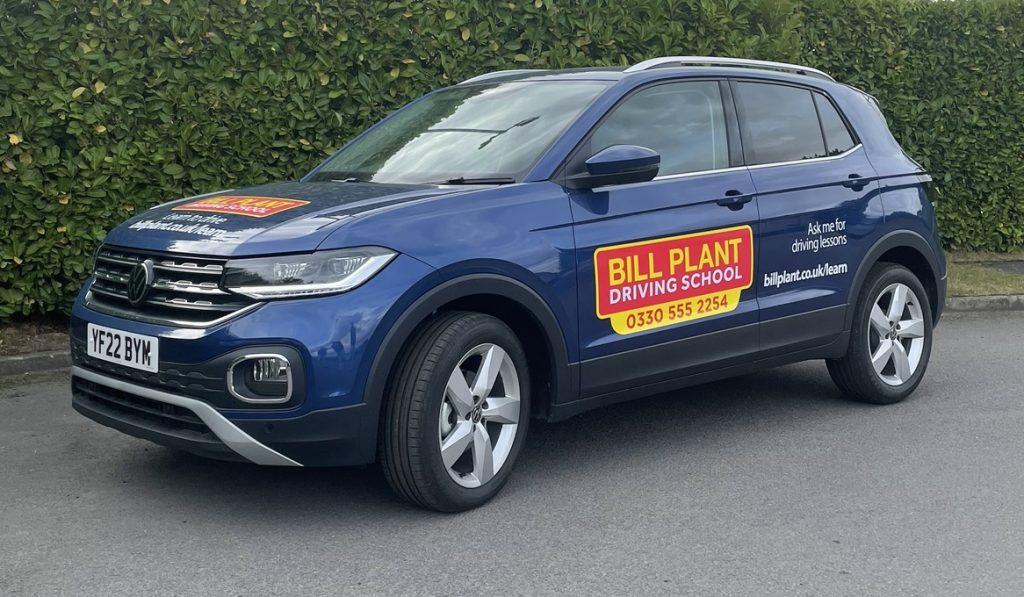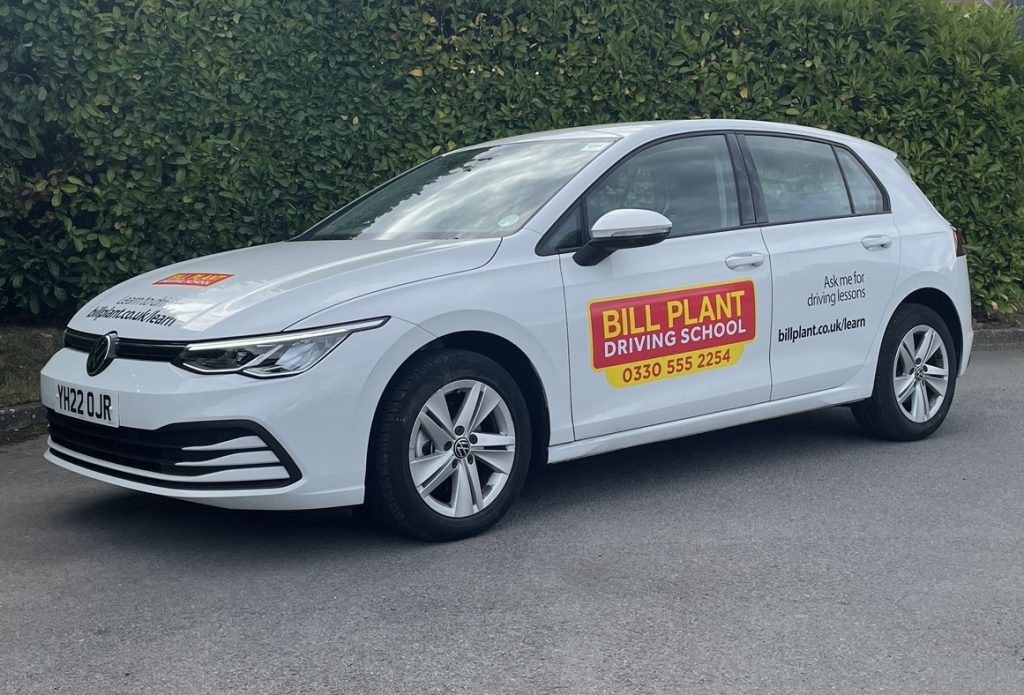
The amount of time spent to learn for a theory and hazard perception test is not set in stone and differs from person to person. By understanding what you need to learn and having a grasp on the best revision tools and strategies, you’ll be sure to keep the study time to a minimum, as long as the time spent is well structured.
What will I need to learn?
Your driving theory will be split into two parts:
- Multiple Choice Questions
- A Hazard Perception Test
Multiple Choice Section
Your multiple-choice questions will test your knowledge of the highway code as well as your ability to identify road signs and what they mean. The exam will consist of 50 randomly generated questions and you will need to score a minimum of 43 in order to pass this section.
Hazard perception test
This assessment will test your ability to react to developing hazards on the road through 14 randomly selected video clips. Scoring is based on responding to the video clips by clicking your mouse, which records you identifying developing hazards and how quickly you spot them.
The test is scored out of 75 and you will need to score a minimum of 44 to pass. You should be able to practice your hazard perception on the same software that you practice for your multiple-choice exam.
How many hours should I revise for my theory exam?
Like with most things, practising to achieve a certain goal all comes down to the individual and their learning style. Unlike driving lessons, there are no established statistics put out by the DVSA in terms of a recommended set amount of hours you need to complete before taking the exam.
Some people may pick things up right away and some may take a little longer. In our professional view, we would highly recommend booking your theory test at least a month in advance, and spending around between 12 and 24 hours revising for your theory test within that time period.
Booking your practical driving test far in advance allows you to stretch your learning, rather than trying to cram everything in a short space of time. This will enable you to retain the information much better too.
There are several variables that you need to take into account which will ultimately determine how much and how long you should spend practising. Your key goal should be to spend any time practising in a focused environment. There is a world of difference between reading the material thoroughly over the course of an hour, taking a short break, then attempting some questions, versus spending hours mindlessly just attempting questions without the proper preparation.
In addition, a varied practice process helps aid information retention, whilst different learning techniques are known to contribute towards memory and recall. Taking a diversified approach to your learning, split between reading the material, practising questions and engaging with the content, such as talking it through with a friend or family member, will accomplish far more and quicker than just reading everything in one sitting.
Finally, learning your theory while undertaking driving lessons within the same week or month will help enormously in terms of revision time, as you will be far more familiar with driving concepts that are tested on your theory test, such as road signs, as you’ll be navigating them on the road.
The best way to tell when you have revised enough for the exam is to consistently achieve high scores on both parts of the test. While the multiple choice section is made up of 50 questions out of a bank of over a thousand potential DVSA questions, having a good grasp on the core subjects will mean similar questions can be tackled with ease.
How should I revise for my theory test?
The short answer is the more often the better. With 12-24 hours of theory practice to fit in, we recommend breaking your revision down into 2 hour blocks, with one hour dedicated to practising your theory questions and one hour practising your hazard perception skills.
Breaking your revision down into manageable quantities will give you a much better chance of retaining the information, rather than trying to revise for long hours, losing focus and not retaining anything.
If you are struggling with one specific section of the theory exam, it is always best to spend your time working on that, rather than working through the whole theory exam including the sections you are already comfortable on.
If you have an application on your phone you can also practice your theory while you are travelling somewhere, such as on the bus or when travelling with a parent or friend in their car.
A good tip is, while you’re having driving lessons, ask your driving instructor to practice some theory questions with you, such as ‘what does that road sign mean?’ This will allow you to put your theory into practice aiding both sides of your driving.
The best way to practice for your multiple-choice exam is to either use an online platform, a text book or application on your phone or tablet, that contains official DVSA material, Using free online multiple-choice and hazard perception revision tools will help significantly in terms of preparation rather than just trying to wing it on the day. Computer software exists that enables you to track your progress with different subjects and can mirror exam conditions.
Many people think that the theory test is the easiest part when learning to drive but statistics show that 54% of people fail their theory exam on their first attempt. It is therefore vitally important to revise before your test and put in the time, as you are legally required to pass your theory test before being able to book your practical.

